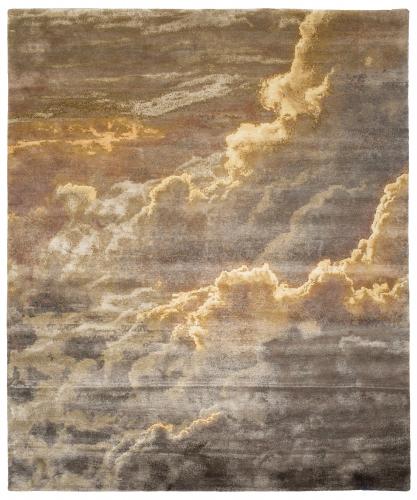
This object is eligible for a Certificate of BADA Provenance
The BADA Standard
- Since 1918, BADA has been the leading association for the antiques and fine art trade
- Members are elected for their knowledge, integrity and quality of stock
- Our clients are protected by BADA’s code of conduct
- Our dealers’ membership is reviewed and renewed annually
- Bada.org is a non-profit site: clients deal directly with members and they pay no hidden fees
Japanese priest's or monk's robe, also called kesa, from the early Meiji or late Edo periods, possibly dating to the mid 19th century.
Kesa were worn as a stole draped over the left shoulder of its wearer. The term is derived from the Sanskrit word kasaya, a reference to a dark colour (brown or dark saffron) traditionally worn by Buddhist monks and nuns.
Structurally, kesa are made up of several pieces of material, very much like patchwork, following a repeating pattern: an outer border encloses a field comprising of several strips of the same material, usually between five and 25, but most typically seven (see also the Art Institute Chicago's exhibition of Kesa. Japanese Buddhist Monks' Vestments. https://www.artic.edu/exhibitions/3031/kesa-japanese-buddhist-monks-vestments It ran from 21 August 2015 to 28 February 2016 and saw 23 of their collection of some 200 kesa exhibited).
In our kesa seven strips of either 17.5 cm or 22.5 cm width alternate with six strips of approximately 5.5 cm width each. A square patch in each corner, again of the same material, adds strength to the garment. This is a practical reading of the presence of the corner patches. It has been suggested that there is also a spiritual side to this construction: if you see the field as a mandala, the four corners represent the Four Heavenly Kings guarding the four cardinal directions (for further discussion, see https://www.christopherleggeorientalcarpets.com/products/view/japanese-priests-robe-kesa/ ). Since these garments were only worn by Buddhist monks or priests, this is a valid interpretation.
The fact that kesa were made up of fragments was of symbolic importance, too: it signified the humble status of the wearer, in accordance with Buddha's own life in poverty, even if the garment was composed of a very luxurious material, in our case a wonderful silk brocade. The cloths used in the production of the kesa were often recycled from other garments or were donated by wealthy devotees.
This kesa is lined with a plain, salmon-coloured silk and is in excellent condition.
Dimensions
186 x 111 cmCondition report
Excellent conditionStock number
6893The BADA Standard
- Since 1918, BADA has been the leading association for the antiques and fine art trade
- Members are elected for their knowledge, integrity and quality of stock
- Our clients are protected by BADA’s code of conduct
- Our dealers’ membership is reviewed and renewed annually
- Bada.org is a non-profit site: clients deal directly with members and they pay no hidden fees



